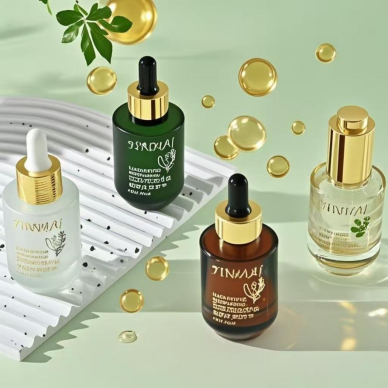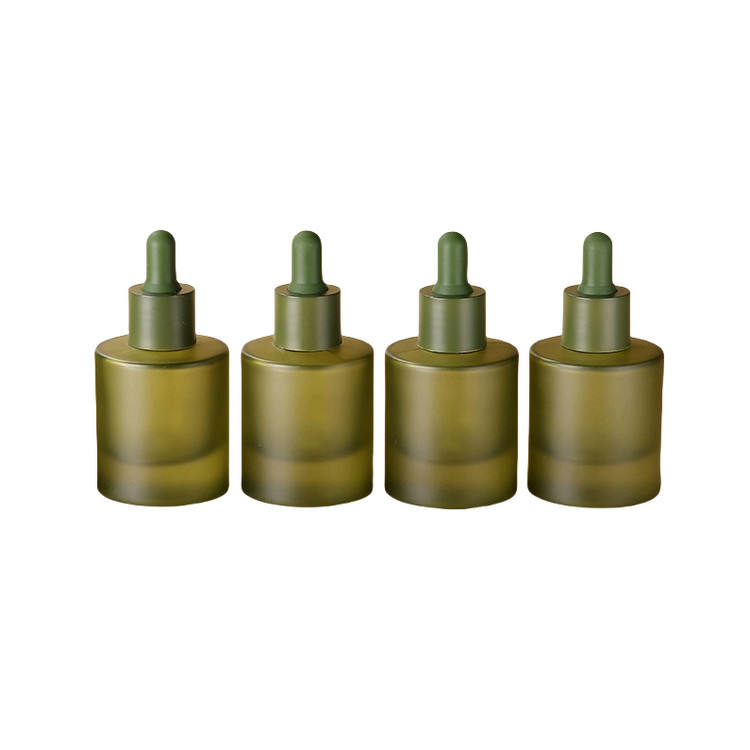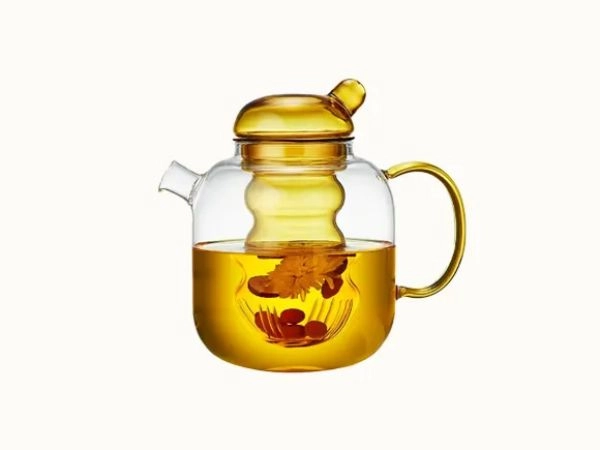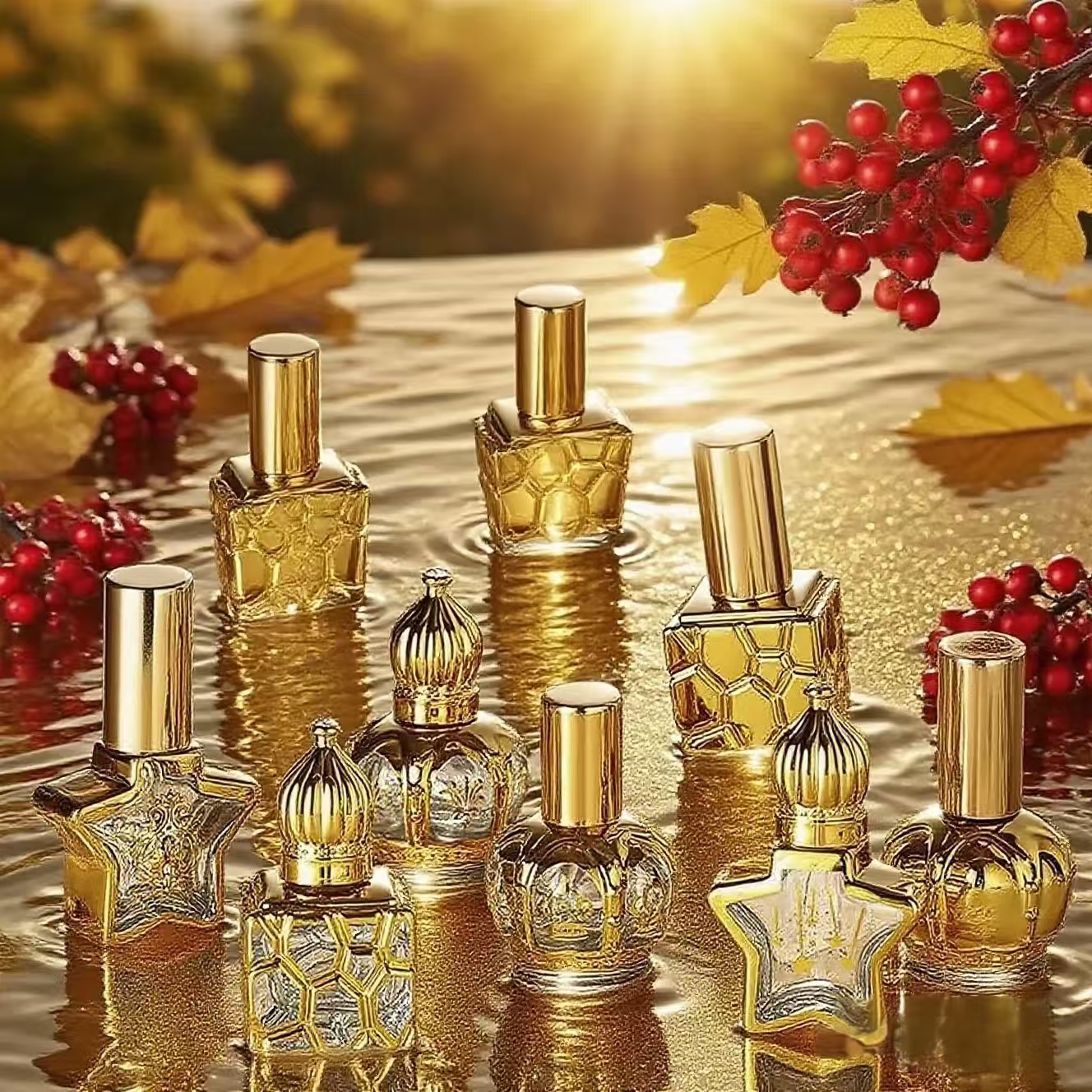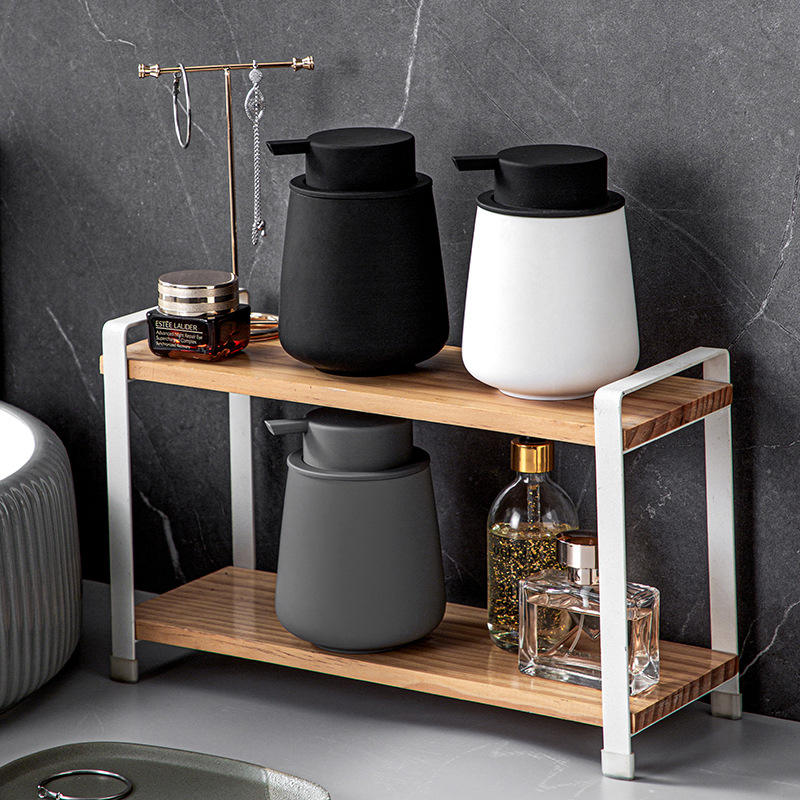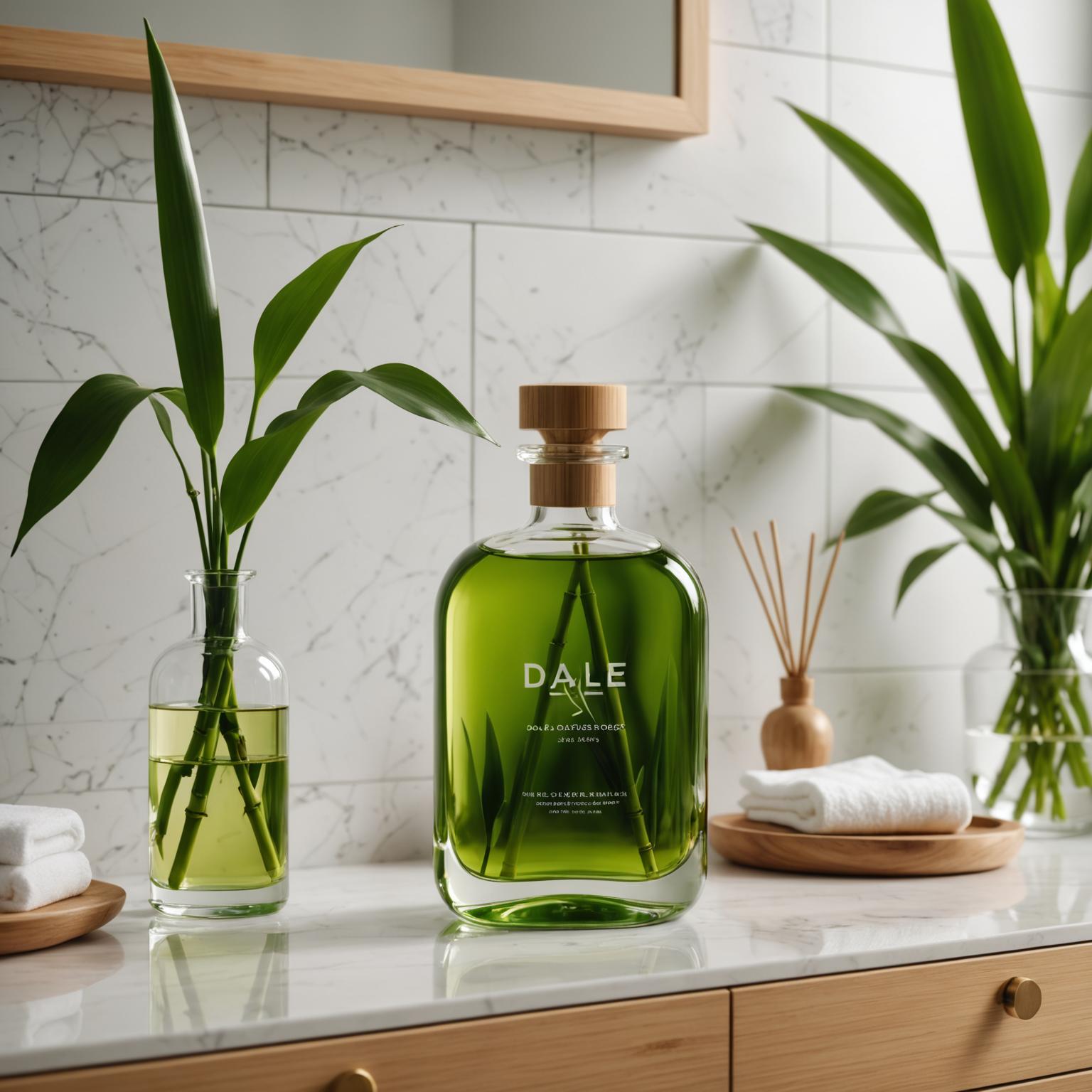In 2024, global sales of sustainable packaging are projected to hit $440 billion, with consumers increasingly boycotting brands that fail to adopt eco-friendly practices. For businesses in beauty, beverage, and personal care industries, switching to sustainable bottles isn’t just a trend—it’s a necessity. But with so many options, how do you choose the right supplier?
This guide focuses on three game-changing solutions: wooden eco-bottles from factories specializing in custom sizes, sugarcane-derived bottles from sustainability-driven manufacturers, and PCR (Post-Consumer Recycled) eco-packaging from reliable wholesalers. We’ll explore their benefits, ideal use cases, and how to align them with your brand’s goals to stand out in a crowded market.
1. Wooden Eco-Bottle Factories: Blend Luxury and Sustainability with Custom Sizes
Wooden eco-bottles have emerged as a status symbol for brands aiming to merge sustainability with premium aesthetics. Unlike plastic or even glass, wood offers a natural, tactile appeal that resonates with eco-conscious consumers willing to pay a premium for unique, Earth-friendly products.
What Sets Wooden Eco-Bottle Factories Apart?
Leading wooden eco-bottle factories prioritize two key factors: material sourcing and customization. Reputable manufacturers use FSC-certified wood (ensuring trees are harvested responsibly) and low-VOC finishes to maintain eco-credentials. But their real strength lies in custom sizes—a critical feature for brands with specific product needs.
Whether you’re launching a 50ml essential oil bottle or a 500ml craft beverage container, these factories can tailor dimensions to fit your formula, labeling, and branding. Many also offer laser engraving or embossing, letting you add logos or sustainability messages directly onto the wood for a seamless, high-end look.
Ideal Brands for Wooden Eco-Bottles
Luxury skincare, artisanal spirits, and organic cosmetics brands thrive with wooden bottles. For example, a small-batch perfume brand might opt for a 100ml wooden bottle with a custom-shaped cap to reflect its “handcrafted” identity, while a craft brewery could use 330ml wooden bottles to differentiate its seasonal beers.
Questions to Ask Your Wooden Eco-Bottle Factory
- Do you source wood from FSC-certified forests?
- What range of custom sizes do you offer (minimum and maximum capacities)?
- Can you accommodate small production runs (e.g., 500 units) for new product launches?
2. Sugarcane-Derived Bottle Factories: The Gold Standard for Sustainable Branding
Sugarcane-derived bottles are revolutionizing the eco-packaging space, and for good reason. Made from ethanol extracted from sugarcane, these bottles are 100% recyclable, carbon-negative (they absorb more CO2 during production than they emit), and offer the same durability as traditional plastic—without the environmental guilt.
Why Sugarcane-Derived Bottles Are a Sustainability Win
Sugarcane is a fast-growing, renewable resource that requires minimal water compared to other crops. When converted into bottles, it retains the versatility brands need: it’s shatterproof, lightweight, and compatible with most liquids (from lotions to sodas). For brands prioritizing a “net-zero” narrative, sugarcane-derived bottles are a powerful storytelling tool—consumers can see and feel the commitment to reducing carbon footprints.
Top sugarcane-derived bottle factories go beyond material sourcing, too. They often hold certifications like BPI (compostable) or USDA BioPreferred, giving brands third-party validation to share with customers. Many also offer custom coloring (using plant-based dyes) and labeling options to align with brand aesthetics.
Ideal Brands for Sugarcane-Derived Bottles
Mass-market brands in personal care (shampoos, body washes) and beverages (juices, sparkling water) benefit most from sugarcane-derived bottles. Their scalability (factories can produce millions of units monthly) and cost-effectiveness make them a practical choice for brands aiming to balance sustainability with affordability. For example, a mid-sized sunscreen brand could switch to 200ml sugarcane bottles, highlighting the change in marketing campaigns to attract eco-conscious shoppers.
Questions to Ask Your Sugarcane-Derived Bottle Factory
- What certifications do your bottles hold (e.g., compostable, carbon-neutral)?
- Can you match our brand’s signature color using plant-based dyes?
- What’s the lead time for large production runs (10,000+ units)?
3. PCR Eco-Packaging Bottle Wholesalers: Affordable Sustainability for Scaling Brands
PCR (Post-Consumer Recycled) eco-packaging bottles are made from recycled plastic waste, diverting millions of tons from landfills each year. For brands looking to reduce their environmental impact without overhauling their entire supply chain, PCR wholesalers offer a practical, cost-effective solution.
The Advantages of PCR Eco-Packaging Wholesalers
PCR bottles come in a range of grades (from 30% recycled content to 100%), letting brands choose a balance of sustainability and budget. Wholesalers specialize in bulk orders, making them ideal for brands scaling quickly or needing consistent inventory. Many also offer pre-designed bottle shapes (e.g., spray bottles, droppers) that can be customized with labels, caps, or closures to match brand identity.
A key benefit? PCR bottles are compatible with existing filling lines, meaning brands don’t need to invest in new machinery. This low barrier to entry has made them a favorite among startups and established brands alike, from natural cleaning product lines to vitamin supplement companies.
Ideal Brands for PCR Eco-Packaging Wholesalers
Brands in the wellness, home care, and food industries thrive with PCR bottles. A supplement brand, for instance, could use 100ml PCR bottles for liquid vitamins, emphasizing the “recycled” story on packaging. A cleaning product company might opt for 500ml PCR spray bottles, appealing to customers who prioritize both effectiveness and sustainability.
Questions to Ask Your PCR Eco-Packaging Wholesaler
- What percentage of recycled content do your bottles contain?
- Do you offer minimum order quantities (MOQs) suitable for small to medium brands?
- Can you provide documentation on the source of your recycled materials?
How to Choose the Right Eco-Bottle Supplier for Your Brand
With three strong options, selecting a supplier depends on your brand’s unique needs. Here’s a quick framework to guide your decision:
- Brand Identity: Luxury or artisanal brands should lean into wooden bottles for their premium feel. Eco-first brands with a focus on carbon reduction will shine with sugarcane-derived options.
- Budget: PCR bottles are often the most affordable, making them great for startups. Wooden bottles, while higher in cost, can justify premium pricing.
- Production Scale: Sugarcane and PCR suppliers excel at large runs, while wooden factories often accommodate smaller, custom batches.
- Sustainability Goals: If carbon neutrality is key, sugarcane-derived is best. For waste reduction, PCR leads the way. For renewable sourcing, wooden bottles are ideal.
The Future of Eco-Friendly Bottles: Trends to Watch
As regulations around single-use plastic tighten (the EU’s plastic ban, for example, will phase out non-recyclable packaging by 2030), eco-bottle innovation is accelerating. We’re already seeing:
- Hybrid Materials: Factories combining wood with PCR plastic for durability and sustainability.
- Closed-Loop Systems: Suppliers offering take-back programs, where used bottles are recycled into new ones.
- Smart Packaging: Sugarcane-derived bottles with QR codes linking to sustainability reports, boosting transparency.
Brands that partner with forward-thinking suppliers today will not only meet current demand but also stay ahead of tomorrow’s regulations.
Conclusion
Sustainable packaging is no longer optional—it’s a cornerstone of brand trust. Whether you choose a wooden eco-bottle factory for custom luxury, a sugarcane-derived manufacturer for carbon-neutral credibility, or a PCR wholesaler for affordable scalability, the key is aligning your choice with your brand’s values and audience.
By prioritizing transparency, certifications, and customization, you’ll not only reduce your environmental impact but also create packaging that tells a story—one that resonates with consumers and drives long-term loyalty.
Ready to make the switch? Start by reaching out to 2-3 suppliers from each category, ask the critical questions, and request samples. The right partner will feel like an extension of your brand—committed to sustainability as much as you are.



